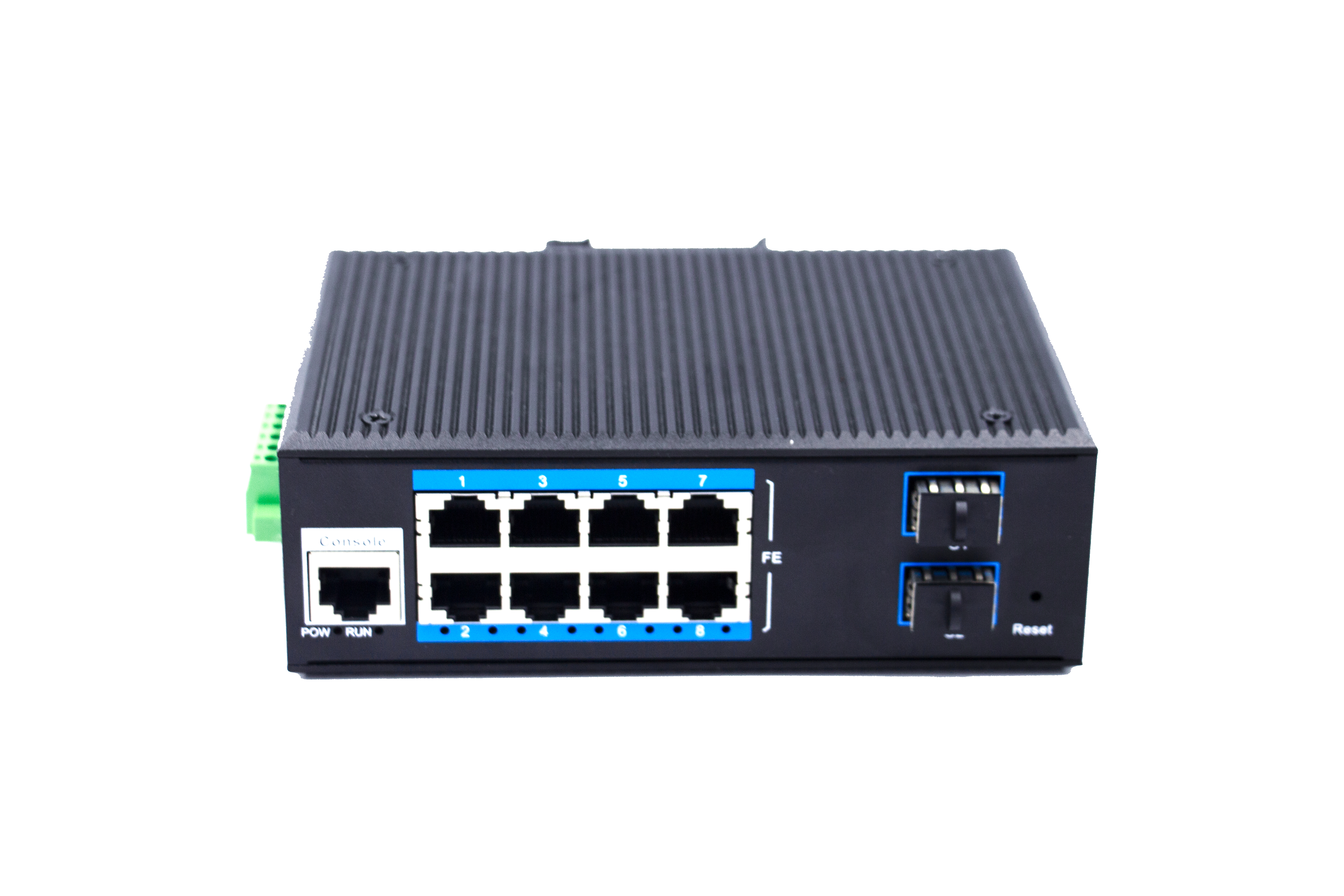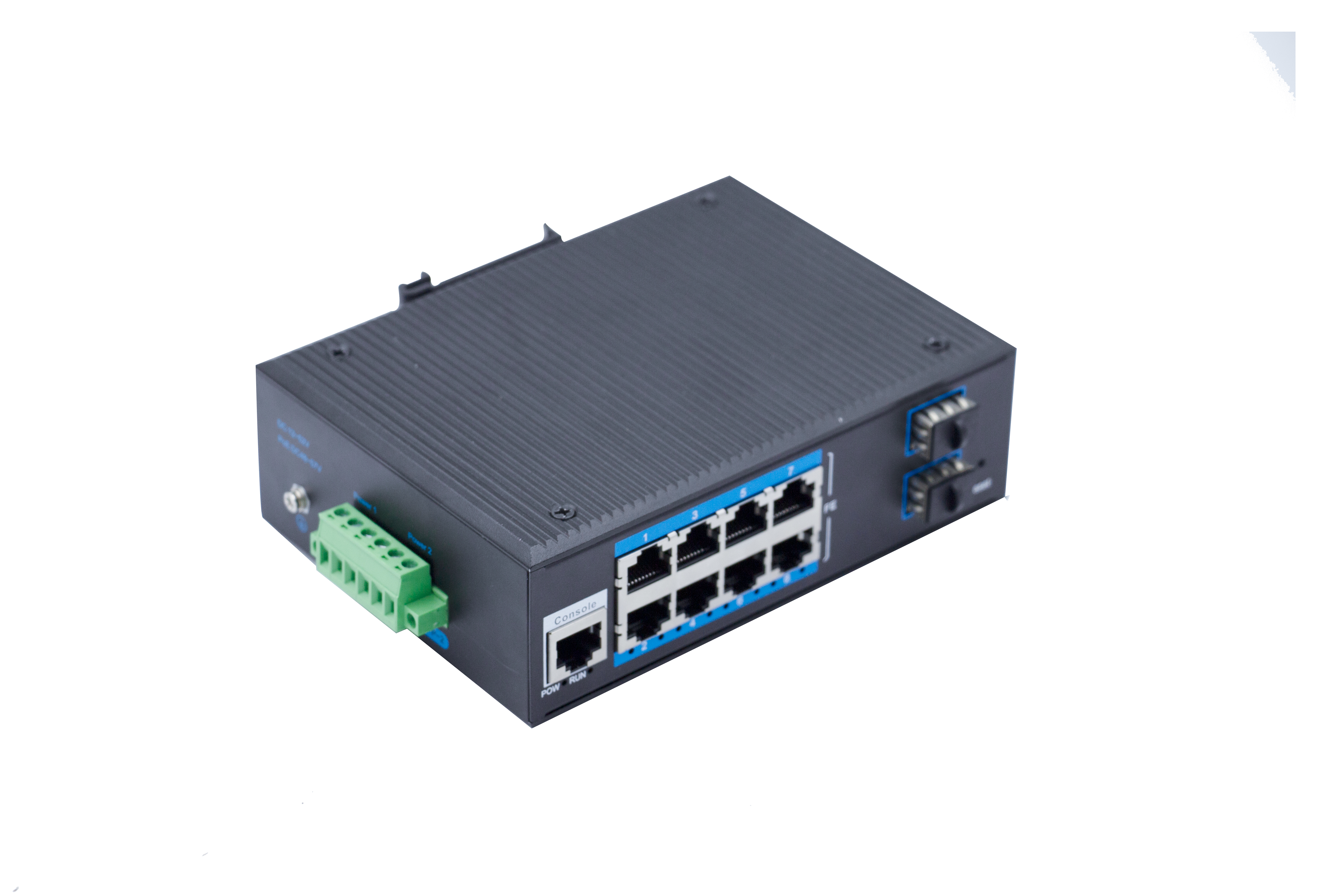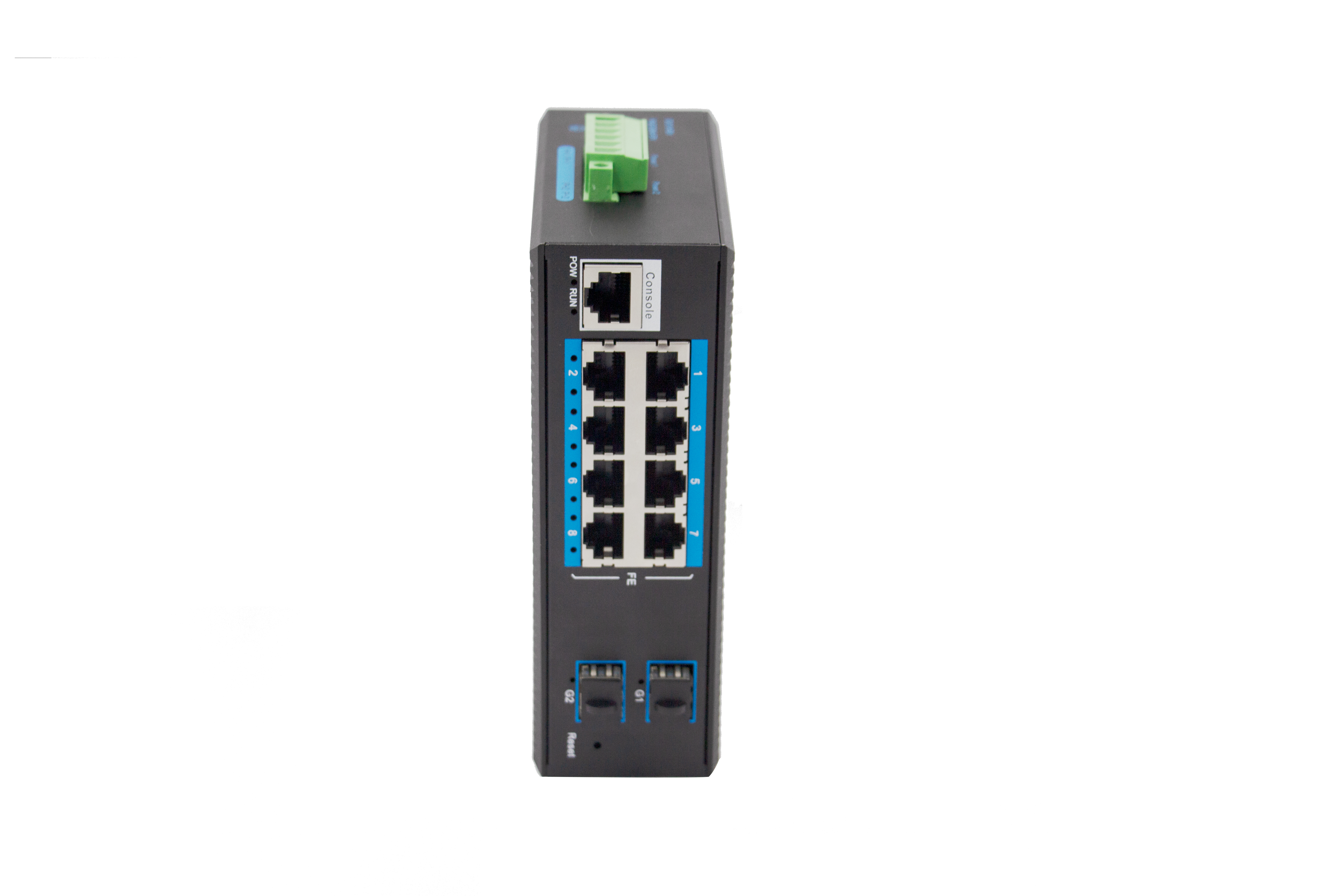.

The reliability of industrial switches in harsh environments is achieved through a variety of technologies and design strategies. In an industrial environment, switches need to face challenges such as high temperature, humidity, vibration, dust, and electromagnetic interference, so they must have special designs and features to ensure their stable operation and long-term reliability.
First of all, the industrial switch adopts a durable shell and structural design. They usually come in a metal case and are dustproof, waterproof and shockproof. This design protects the switch from the external environment, ensuring its normal operation in harsh conditions.

Second, industrial switches employ a wide temperature range. Ordinary switches are usually suitable for room temperature environments, while industrial switches can operate in extreme temperatures, such as -40°C to 75°C. This wide temperature range allows industrial switches to adapt to a variety of industrial environments, including outdoors and harsh factory environments. In addition, industrial switches are also resistant to electromagnetic interference. In an industrial environment, there are a large number of sources of electromagnetic interference, such as motors, frequency converters, and high-voltage equipment. In order to ensure the normal operation of the switch, the industrial switch adopts an anti-interference design, including electromagnetic shielding and suppression technology, to reduce the impact of external electromagnetic interference on the switch.
Industrial switches also have redundancy and backup functions. Redundant design ensures that the switch can continue to work in the event of a component or link failure. For example, adopting redundant power supply and redundant link can ensure the stable power supply and data transmission of the switch. In addition, industrial switches also support hot-swappable functions, which can replace failed components without interrupting the network connection. In addition, industrial switches also have automatic recovery and automatic restart functions. When the switch detects faults or abnormal conditions, it can automatically perform fault diagnosis and recovery. For example, when a link is down, the switch can automatically reroute data traffic to ensure network connectivity. In addition, the switch can perform periodic self-tests and automatic restarts to clear temporary problems that may cause failures.

Finally, industrial switches also have remote management and monitoring functions. Through network management software, administrators can remotely monitor and manage industrial switches. This allows administrators to detect and resolve potential failures in a timely manner, improving switch reliability and stability.




